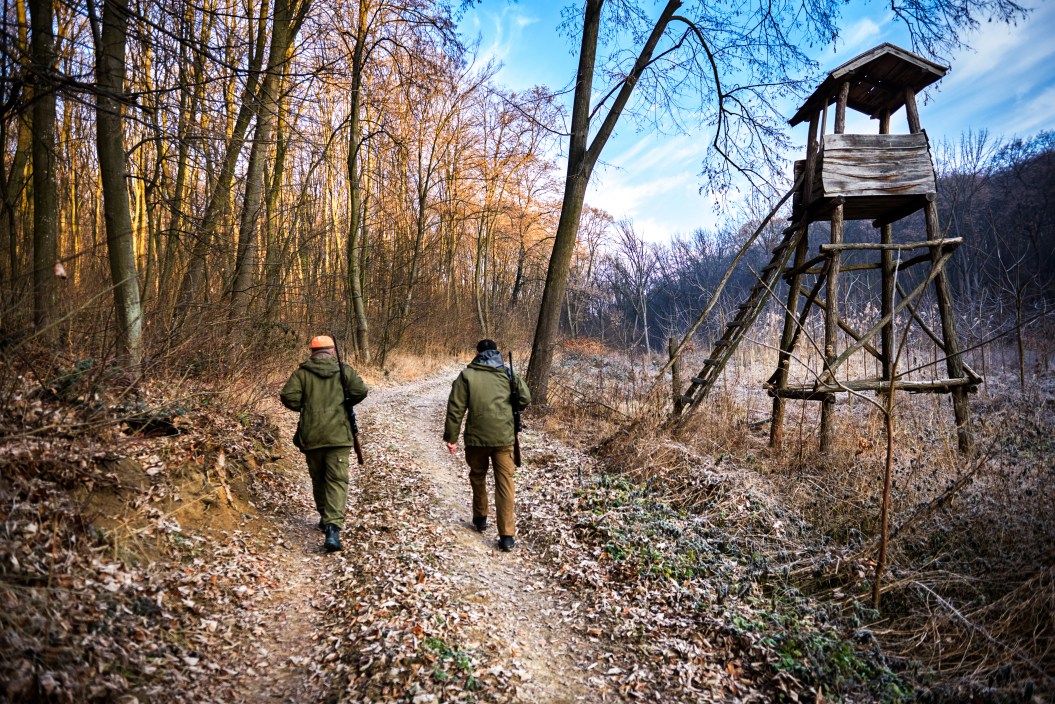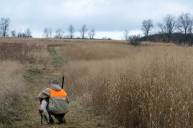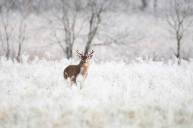With the rising popularity of mobile hunting and ultra-light treestands, "still hunting" often takes a backseat when it comes to tactics. But it's a grossly overlooked strategy that can help you notch a tag in an exciting way.
If you're new to still hunting, the name can be misleading. Instead of ambushing deer from the ground or in a treestand, still hunting is the slow, methodical tactic of hunting through the timber while occasionally stopping to glass or observe for a lengthy period. Essentially, you'll cover an area you think deer are moving through on foot, taking a few steps at a time and observing the woods as you try to spot deer. I typically reserve most of my still hunting for rifle season, and I've found that it's a great way to speed-scout through an area when bed and feed conditions change as winter rolls in. Still hunting is also just a nice change of pace from spending dozens of sits in a tree saddle or stand.
Whether you're in a rut, need to break up those monotonous sits, or just need to find deer, still hunting is a great way to shake things up. And it almost always provides helpful scouting knowledge. Here are 10 tips on how to perform a successful still hunt this fall.
1. Wait for the Conditions
Everyone loves cold, crisp mornings with a consistent and steady wind. These conditions are excellent if you're hunting from a treestand or saddle, but they're not ideal for still hunting. Right after a long downpour or during a light drizzle is the perfect time to cover ground. The wet conditions will cover your sound, and the deer are likely to move after they've been hunkered down. Weather systems typically bring increased wind speeds or wind shifts, making the woods especially prime for surprising a deer.
2. Leave Your Noisy Clothes at Home
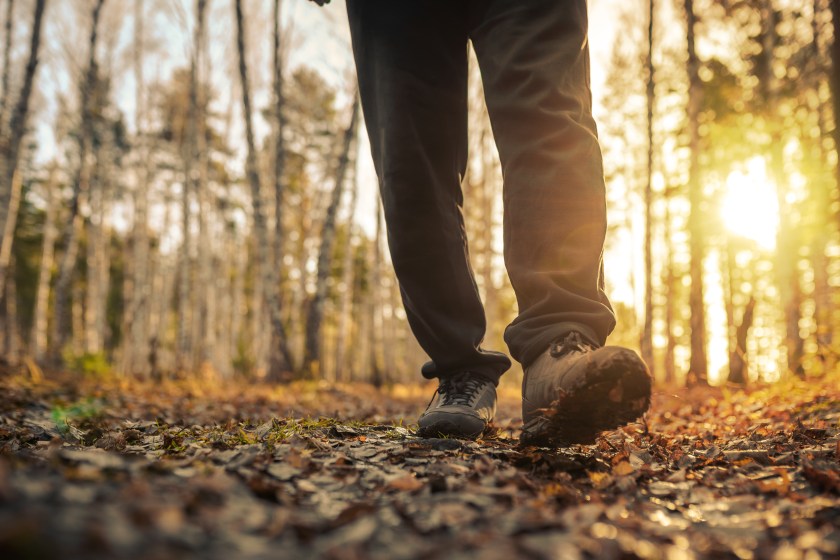
Getty Images, avtk
Puffers and other hunting jackets are great for long sits in the stand—but when you're constantly moving or glassing in the timber, they can give you away. Make sure you opt for fleece, flannel, or some other soft material that won't alert the woods or sound like you're opening a bag of chips. Remember, you'll be moving a good bit, so you won't be as cold as in a stationary sit.
3. Plan Your Route
Just because you're ditching the stand for a day, it doesn't mean you're throwing caution to the wind. You'll still need to be smart about wind direction and where you anticipate the deer movement to occur. Use digital maps such as onX or Huntstand to plot your course while thinking about deer travel. If you can, still hunt along edges, where deer movement naturally occurs. Just make sure your scent isn't blowing directly into bedding or cover.
4. Work With the Wind
Still hunting with the wind in your face is a low-stakes option and a good one if that's what the wind gives you. However, if you can use a crosswind to your advantage, you'll likely see a lot more deer movement. Deer, especially mature bucks, like to travel with the wind in their favor. For instance, if you're working a stretch of timber from north to south, a crosswind would give you an east-west wind. If you're still hunting with a crosswind, take it even slower than you would a wind that's in your face. You're definitely blowing up the area where your wind is blowing, so give yourself a bit more time to scan for deer movement.
5. Use Cover While You Walk
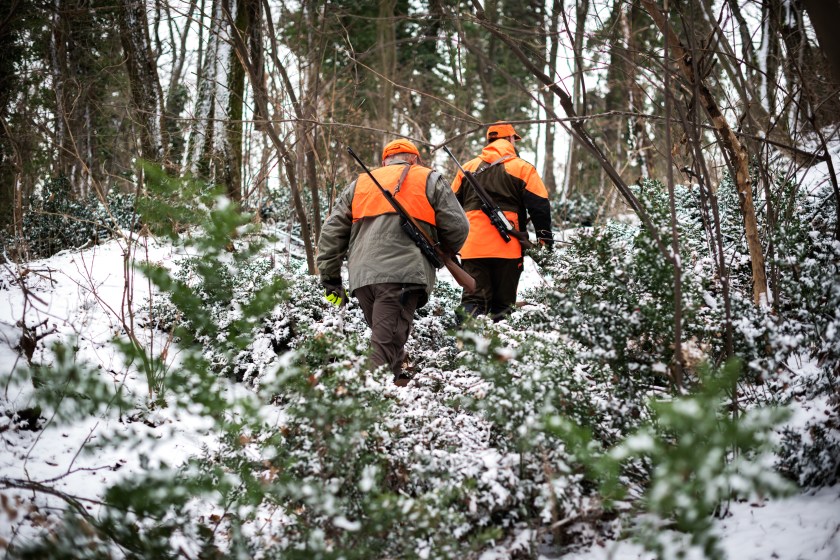
Getty Images
When still hunting, especially with a rifle, it's tempting to blaze through the wide-open timber. But this leaves you vulnerable, and deer will detect you well before you see them. This is why it's a good idea to hunt through a soft edge or places that can offer you a bit of cover if deer pop out or you need to adjust for a shot. It's also a good idea to stop next to a tree when it's time to glass. That way, if you need to make a shot, you can prop up or steady yourself instead of free-handing it.
6. Follow the Sign
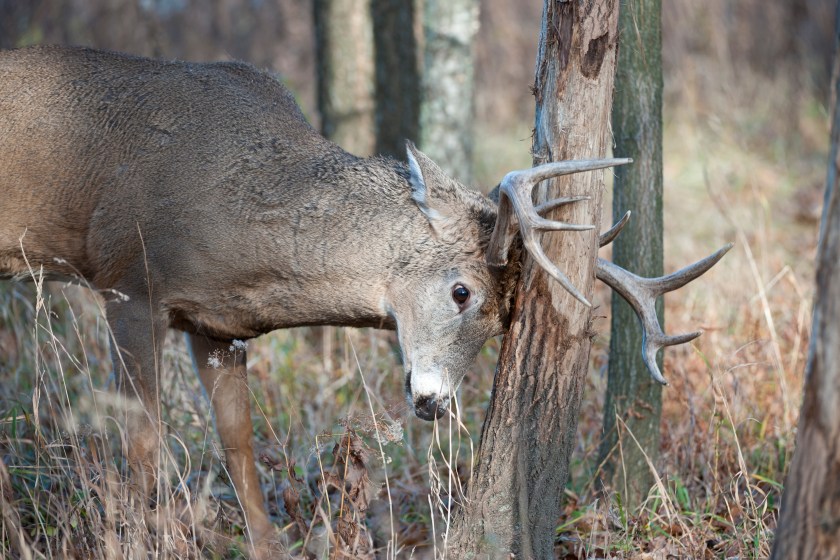
Getty Images, FRANKHILDEBRAND
The point of still hunting is to go where the deer are or where they will be. If you're not seeing deer sign, it's time to pick up the pace or change areas. Rub lines, scrapes, recent droppings, or tracks are all indicators that you're working in the right direction. When the sign picks up, your pace should slow down, which leads to my next point.
7. Slow Your Pace
The obvious drawback with still hunting is getting busted by a deer's eyes. For this reason, you should slow your pace. Think Dali-melting-clock slow. If you're in a lot of fresh sign and close to cover, the deer are probably holed up nearby. Slowly work your way through the timber, breaking up your natural gait. Try to mimic a squirrel or even other deer milling through the leaves. If you think you sound like a human walking through the woods, you can bet the deer do, too.
8. Glass, Glass, and Glass Again
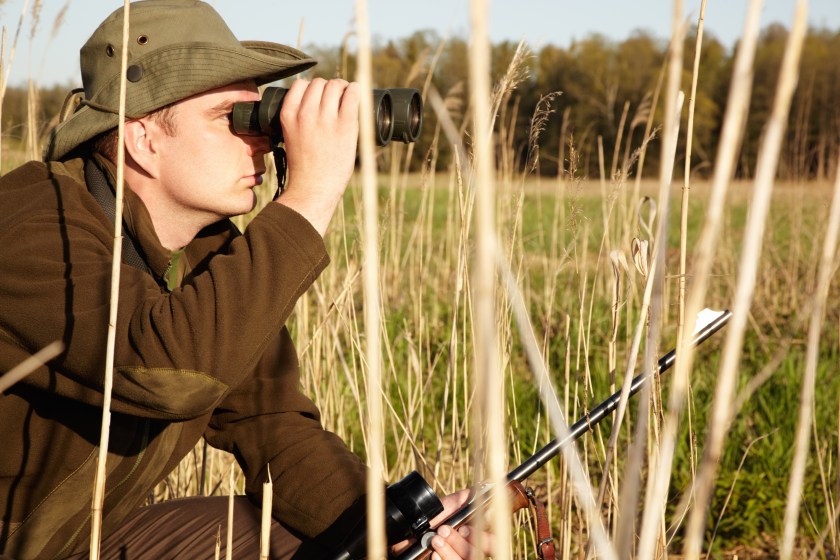
Getty Images, PeopleImages
I can't tell you how many times I've glassed, put my binoculars up, and taken a few steps only to hear a deer blow or sprint through the timber. Deer blend into the timber especially well, and you'll need to diligently glass if you want to spot them before they spot you. If you're in the hot sign, you'll want to spend more time glassing than actually covering ground. Pick apart everything that looks like a deer or areas where a deer might bed. Then, give it time to see if anything comes through before moving another 50 yards.
9. Treat It as a Scouting Trip
Whether you're covering new ground or an area you've hunted for years, you can always learn more about deer travel by still hunting an area. In-season scouting can give you invaluable intel; and if you're in a deer hunting slump, it might be time to get some boots on the ground. I've had plenty of still hunts that led me to new areas where I ended up seeing or getting a shot at a decent buck. Still hunting will either confirm or disprove your notions about a certain area, and it's valuable for that reason alone.
10. Don't be Afraid to Bump Deer
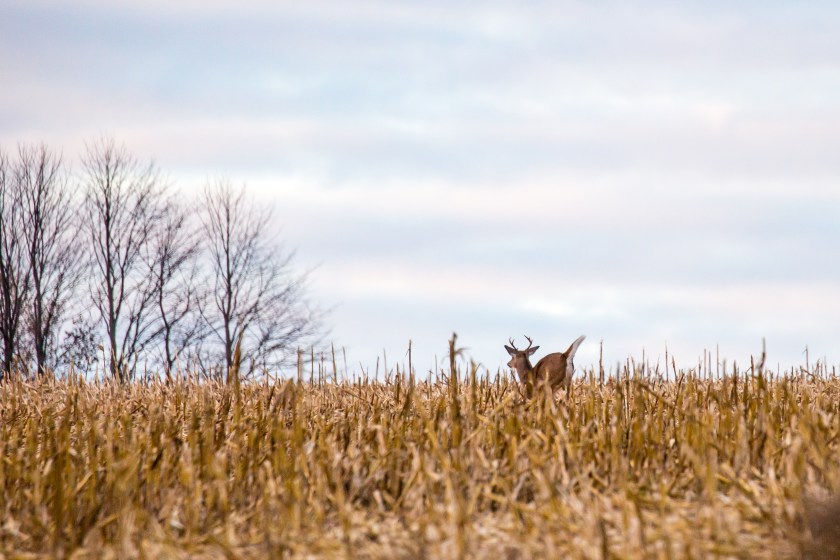
Getty Images, Michael Batman
Even if you're a seasoned pro at still hunting, you will bump deer occasionally. It's inevitable, but it can give you clues to where or how the deer use the landscape. Depending on how badly a deer gets spooked, it may give you a shot opportunity. But even if it does run out of sight, it's likely to come back to the same bedding area within a day or two, and you can plan an ambush accordingly. Plenty of hunters purposely use this bump-and-dump technique to harvest mature bucks, so keep that in mind the next time you think you've blown a deer out of the country.
While time on the stand is crucial for having success in the deer woods, sometime it pays to change areas or tactics. You might not fill a tag on your first still hunt, but it can provide you with valuable intel. And while pulling an all-day sit on the stand serves as a lesson in patience, moving like an iceberg through the timber can do so, too.
READ MORE: Treestand Tricks for Bagging More Bucks
